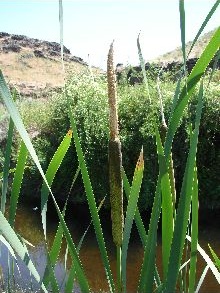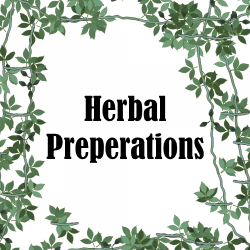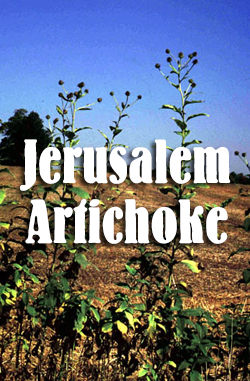Broadleaf Cattail
Picture Citation : Sheri Hagwood @ USDA-NRCS PLANTS Database
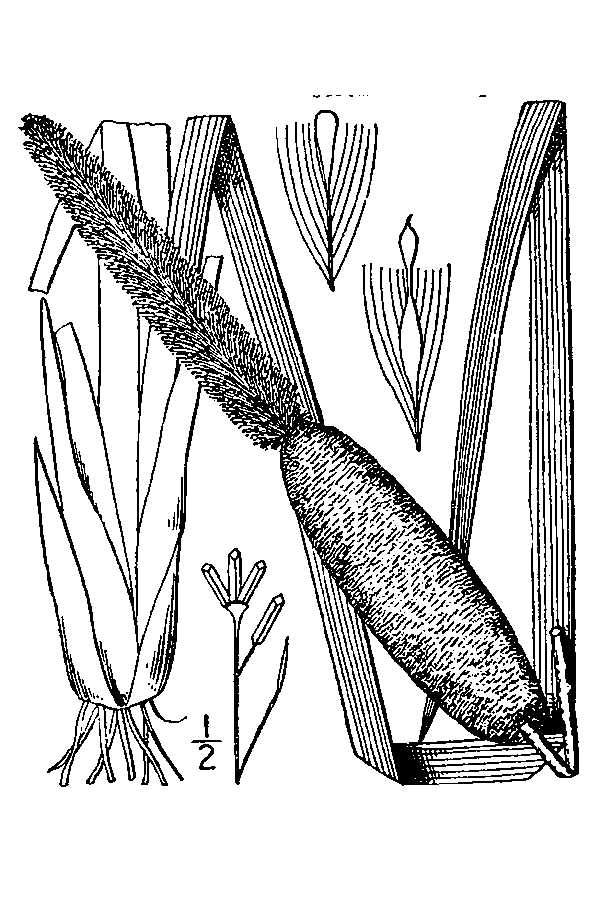
USDA-NRCS PLANTS Database / Britton, N.L., and A. Brown. 1913.
An Illustrated Flora of the Northern United States, Canada and the British Possessions. 3 vols. Charles Scribner's Sons, New York. Vol. 3: 316.
Broadleaf Cattail (Typha latifolia L.):
There are six members of the cattail family three of which are very similar. Although this article and picture are mostly referring to the Broadleaf Cattail, both the Southern and Narrow Leaf cattail in most cases will have the same uses and are very similar in appearance. We have chosen the Broad Leaf because it is located throughout North America.
Cattails are wetland plants found throughout North America, in ponds, lakes, ditches and slow moving streams and rivers. Often growing in dense colonies. Plants usually reach a height of five feet but can reach ten feet in height. Their leaves are alternating and upright. The rhizomes spread horizontally beneath the surface of muddy ground to start new upright growth, Typha plants are monoecious, wind-pollinated, and bear unisexual flowers developing in dense, complex spikes. The male flower spike develops at the top of the vertical stem, above the female flower spike, long, cylindrical-like usually dark brown in color.
They are one of if not the most useful wild plants. The entire plant is edible, the entire plant can be used for a variety of medical purposes, and the entire plant can be used as material to build or craft any number of items. The cattail has been a major part of Native American cultures.
As previously stated all parts of the plant are edible. Different parts of the plant are best at different times of the year, supplying food year round. In the Spring immature shoots can be peeled and eaten raw in salads or cooked as any vegetable. The immature flowerheads can be either roasted or boiled and eaten much like corn on the cob. In midsummer, the pollen can also be collected and used the same as any flour in baking.
The rhizomes are a palatable, nutritious and productive root vegetable, generally harvested in the fall and winter.
To most, when cooked the taste is similar to cabbage. Eaten raw the taste is similar to cucumber.
Food :
• Rhizomes can be dried and grounded into a flour• Rhizomes dried, grounded into flour, made into mush and then into cakes
• Rhizomes can be dried and stored for later use
• Rhizomes can be boiled, roasted, or eaten raw
• Flower stalks are boiled
• Immature fruiting spikes can be roasted
• Immature stems can be eaten raw or cooked
• White stem bases can be eaten raw
• Seeds gathered while green and eaten raw
• Seeds gathered green, mashed, formed into cakes and roasted
• Seeds roasted grounded into flour, boiled and formed into cakes and dried
• Seeds ground into meal and made into soup
• Pollen collected and used the same as flour in baking
• Pollen mixed with water kneaded, formed into cakes and baked
• Roots dried, ground into meal and made into sweet mush
• Roots peeled and eaten raw
• Roots can be pickled
• Roots used to make jelly and marmalade
Medical:
• Poultice of mashed fresh root applied directly to infections, replace daily• A pate of dried powered root mixed with water used to treat burns and scalds. Paste applied directly to burn or scalds, then covered by flower and bound in place, changed as required..
• Break or cut off green leaf to collect sticky sap. Use as an antiseptic, coagulant. Will provide a slight numbing
• An infusion of dried powered root and the white base of the leaves used to treat abdominal cramping
• Solution made by boiling green leaves used as a skin wash
• Root flour diluted in hot water used to treat symptoms of diarrhea
• Pollen is a known hemostatic and astringent. Applied directly to cut to stop bleeding. Taken internally to treat internal bleeding and menstrual pain.
• Pollen mixed with honey applied to bruises, swelling, and sores.
Other Uses:
Numerous parts of the cattail can be utilized for a variety of purposes from roofing material to diaper padding–
• Thatch for roofing• Down used as an insulation material.
• Down used as stuffing in quilts, pillows and mattress.
• Down used as a fire starter.
• Leaves woven into baskets.
• Leaf fibers twisted into cordage.
• Oil extracted from seeds.
• Flower heads dipped into animal fat used as torch.
• Stalks dried split and used in weaving baskets.
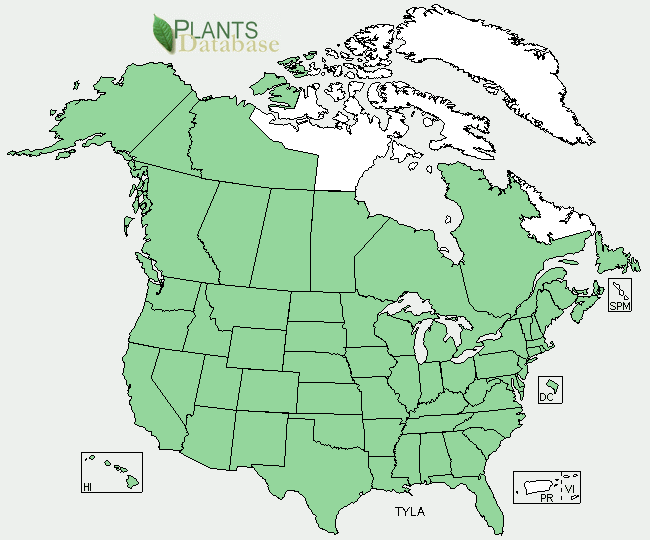
Information taken in part from: Medicinal and other uses of North American plants: a historical survey with ... By Charlotte Erichsen-Brown
